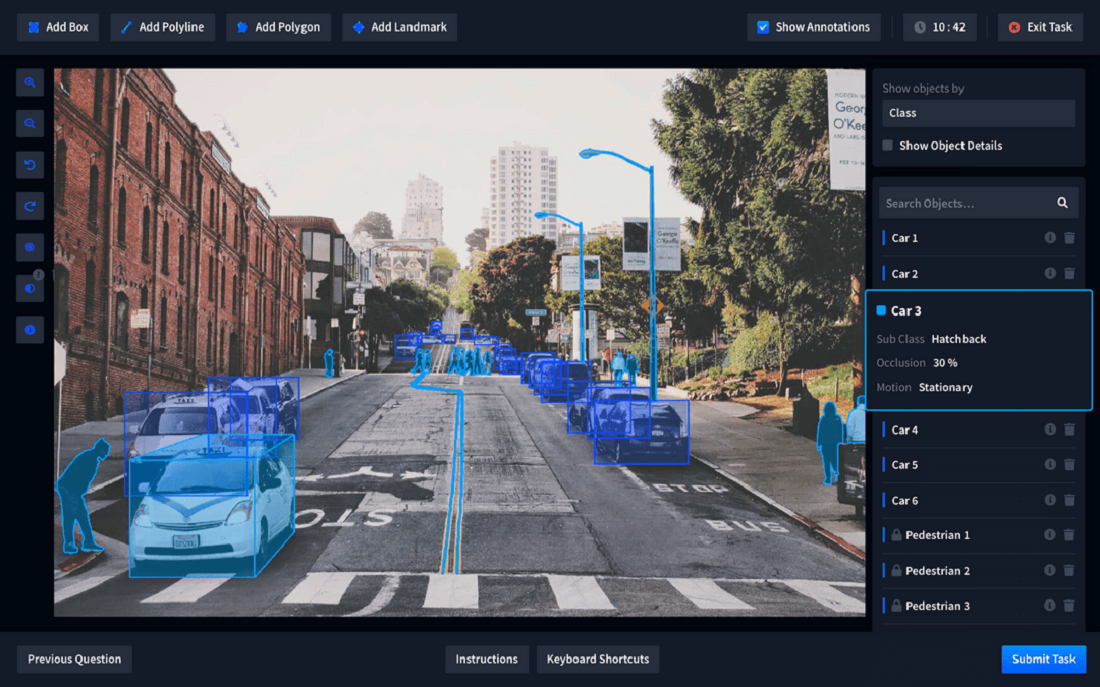In the rapidly evolving landscape of healthcare technology, precision is not just a goal; it is a necessity. This precision is critically underpinned by advances in medical imaging, where every pixel can tell a story, and every image can guide a decision. At the heart of this precision revolution lies a key player: the annotation tool. As these tools gain prominence, they are reshaping the way clinicians, radiologists, and researchers approach medical imaging, turning vast arrays of data into actionable insights with unprecedented accuracy.
Annotation tools in medical imaging are specialized software applications designed to facilitate the detailed marking and labeling of medical images. These tools enable users to highlight, delineate, and categorize specific features within an image, such as tumors, fractures, or blood vessels. The process is akin to adding a detailed layer of metadata to the image, enriching it with valuable information that aids in diagnosis, treatment planning, and research.
The Evolution of Annotation Tools
The journey of annotation tools in medical imaging is a testament to the field’s relentless pursuit of accuracy and efficiency. Initially, annotations were primarily manual, requiring significant time and expertise from practitioners. However, as medical imaging technology advanced, so did annotation tools. Today, these tools are often powered by artificial intelligence (AI) and machine learning algorithms, allowing for semi-automated or fully automated annotation processes. This shift not only enhances precision but also significantly reduces the time required to annotate images, thereby accelerating the diagnostic process and patient care.
Impact on Diagnosis and Treatment
The primary value of annotation tools lies in their impact on diagnosis and treatment. By providing detailed, precise annotations, these tools help in identifying abnormalities with greater accuracy. For instance, in oncology, annotation tools can delineate the boundaries of a tumor with incredible precision, aiding in the assessment of its size, shape, and potential growth patterns. This information is crucial for staging cancer and planning treatment strategies, directly impacting patient outcomes.
Moreover, annotation tools facilitate the development of personalized medicine. With the ability to precisely identify and quantify disease markers, clinicians can tailor treatment plans to the individual patient, improving efficacy and minimizing side effects.
Enhancing Research and Training
Beyond clinical practice, annotation tools are also revolutionizing medical research and training. In research, these tools enable the efficient analysis of large image datasets, facilitating studies on disease progression, treatment outcomes, and epidemiological trends. By automating the annotation process, researchers can focus on higher-level analysis and hypothesis testing, speeding up the pace of medical discoveries.
In the realm of training, annotation tools serve as invaluable educational resources. They allow trainees to interact with real-life cases, providing a hands-on learning experience. Advanced tools can even simulate different disease states and treatment outcomes, offering a comprehensive training platform that prepares the next generation of healthcare professionals for the challenges of clinical practice.
Challenges and Future Directions
Despite their benefits, the adoption of annotation tools in medical imaging faces challenges. Data privacy and security are paramount concerns, as these tools handle sensitive patient information. Ensuring the accuracy and reliability of automated annotations is another critical issue, as errors can have significant consequences for patient care.
Looking ahead, the future of annotation tools in medical imaging is poised for further innovation. Integration with electronic health records (EHRs), development of more sophisticated AI algorithms, and the creation of more intuitive user interfaces are just a few areas where advancements are expected. Moreover, as telemedicine continues to grow, annotation tools will play a crucial role in facilitating remote diagnostics and consultations, breaking down geographical barriers to healthcare access.
Conclusion
An annotation tool in medical imaging represents a convergence of technology and medicine, placing precision at the fingertips of healthcare professionals. As these tools continue to evolve, they promise to enhance the accuracy of diagnoses, personalize treatment plans, and accelerate medical research. In doing so, they not only improve patient outcomes but also chart a course toward a future where healthcare is more efficient, effective, and accessible to all. The rise of annotation tools in medical imaging is not just a technological trend; it is a pivotal development that stands to redefine the standards of healthcare in the digital age.

